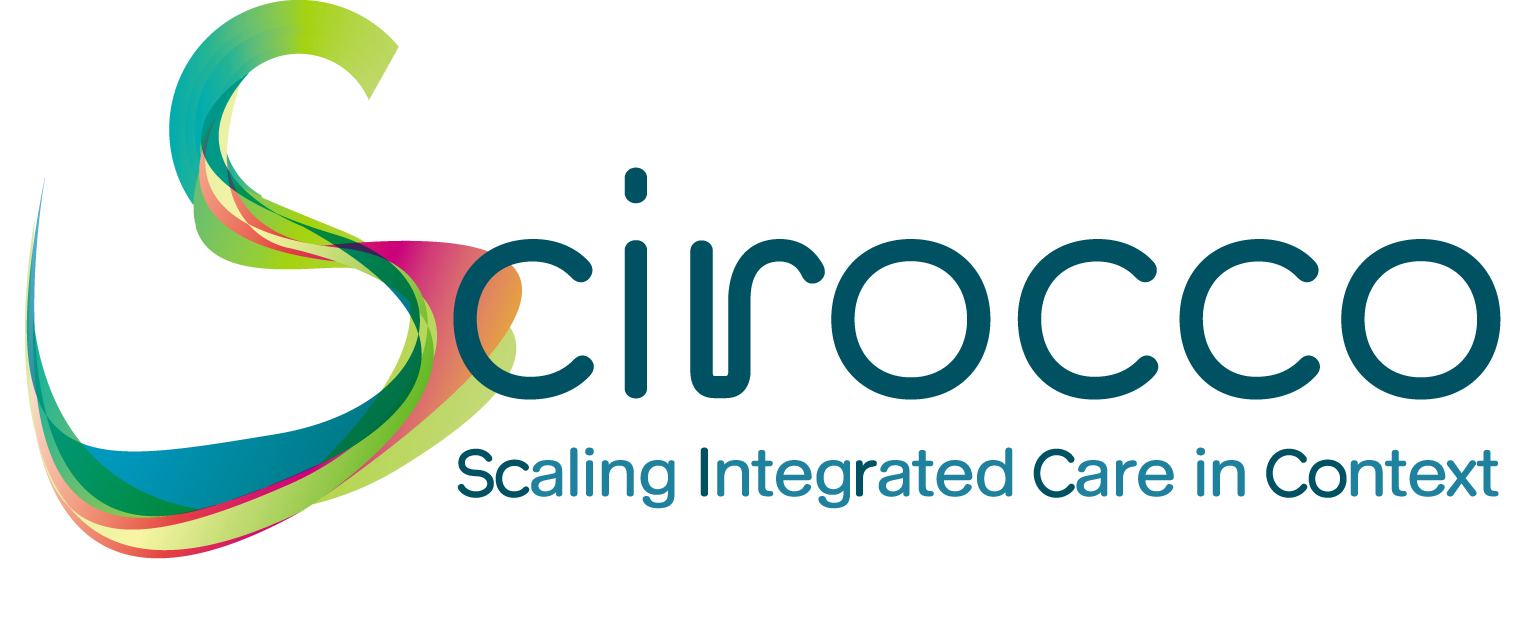Removal of Inhibitors
Objectives:
Even with political support, funded programmes and good eHealth infrastructure, many factors can still make integrated care difficult to deliver, by delaying change or limiting how far change can go. These include legal issues with data governance, resistance to change from individuals or professional bodies, cultural barriers to the use of technology, perverse financial incentives, and lack of skills. These factors need to be recognised early, and a plan developed to deal with them, so as to minimise their impact.
- Actions to remove barriers: legal, organisational, financial, skills considering the need to address the risk of health and social inequalities.
- Changes to the law concerning e.g., medical acts, information governance, data sharing -factors which may hold up innovation.
- Creation of new organisations or collaborations to encourage cross-boundary working (‘normative integration’).
- Changes to reimbursement to support behavioural change and process change.
- Education and training to increase understanding of innovations and technology enabled care solutions in order to speed up solution delivery.
Assessment scale:
- No awareness of the effects of inhibitors on integrated care
- Awareness of inhibitors but no systematic approach to their management is in place
- Strategy for removing inhibitors agreed at a high level
- Implementation Plan and process for removing inhibitors have started being implemented locally
- Solutions for removal of inhibitors developed and commonly used
- High completion rate of projects & programmes; inhibitors no longer an issue for service development




